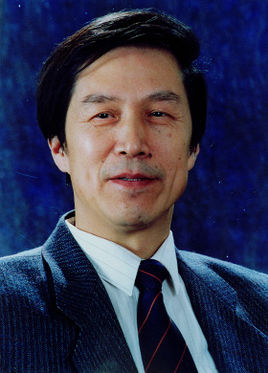Welcome to College of Chemistry, Chemical Engineering and Materials Science of Soochow
University
报告题目:Chemistryand Energy Sustainability
报告人:何鸣元 院士
中石化石油化工科学研究院原总工程师、华东师范大学终身教授
报告时间:2016年11月28号(周一)14:30
报告地点:独墅湖校区907-1101

报告人简介
曾任中科院化学部常委、副主任,学部主席团成员,国际催化理事会理事,国际沸石分子筛协会(IZA) 副主席等。1995年当选中国科学院院士。
在炼油化工过程和催化材料领域有多项创新和发明。为解决我国重油裂化、提高催化裂化汽油辛烷值、新标准汽油生产等技术难题作出贡献。自上世纪90年代以来,致力于绿色化学化工应用基础研究和技术开发。2000年被聘为国家重大基础研究项目“石油炼制和基本有机化学品合成的绿色化学”首席科学家。2003年建立了上海市绿色化学与化工过程绿色化重点实验室。
在国内外申请专利200多项,发表论文100余篇,著作若干部。获国家创造发明二、三等奖和国家十大科技成就等。2001年获何梁何利基金科学与技术进步奖。2012年获中国催化成就奖。2013年获法国教育部棕榈叶骑士勋章。2016年获法国里昂高等师范大学荣誉博士学位。
报告摘要
A well-known book titled “Chemistry theCentral Science” has been republished up to its 13th edition in 2014,indicating that the significance of chemistry is well recognized in thedevelopment of science and technology. For energy sustainability, the role ofchemistry is crucial. The carbon energy creates human civilization, which isnow threatened in return by carbon emission for its sustainability. The conceptof green carbon science is then proposed as the scientific basis for theintegration of highly efficient carbon resource processing and utilization, lowcarbon emission, and carbon chemical recycling. Green carbon science is definedas study and optimization of the transformation of carbon chemical bonding andthe relevant processes involved in the entire carbon cycle from carbon resourceprocessing, carbon energy utilization, CO2 fixation, and carbon recycling tominimize the carbon imbalance caused by over-consumption of carbon resources.The objective is clearly energy sustainability.
The chemistry basics for carbon energy,such as elements, bonds, and molecules are briefly introduced. The essence ofchemistry for energy conversion lies in two main aspects: hydrogen involvingchemistry and redox chemistry. The key role of hydrogen for green carbon scienceand energy sustainability is highly stressed. The redox chemistry, which is closely related to carbon energy andcarbon recycle, can be interpreted as intrinsic chemistry of green carbonscience. Chemistry for energy storage and chemical engineering approaches arealso discussed.
Four Phases I, II, III and IV can bediscriminated for different conversion reactions and related processes in thegraphic expression of green carbon science, they are: low carbon fossilresource processing, biomass conversion, CO2 chemical recycling, and CO2ecological/chemical recycling, respectively. The core part of the graphicexpression is fuel and chemicals production, that is, the function of arefinery. If oil refinery is regarded as the first generation refinery, thesecond, third, fourth and fifth generation refineries will be constructed bysequentially introducing Phase I, II, III and IV processes.
(报告联系人:张明祖老师)